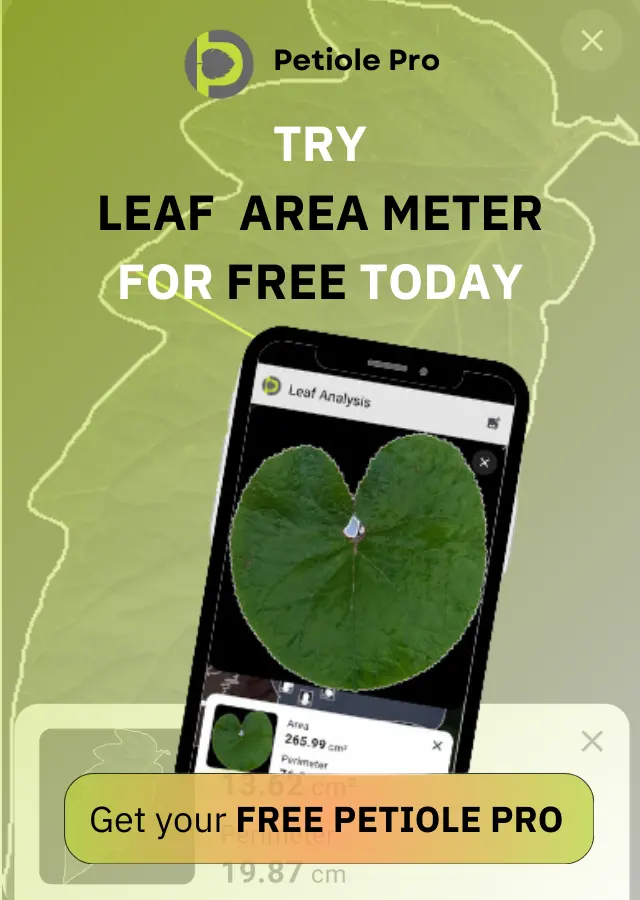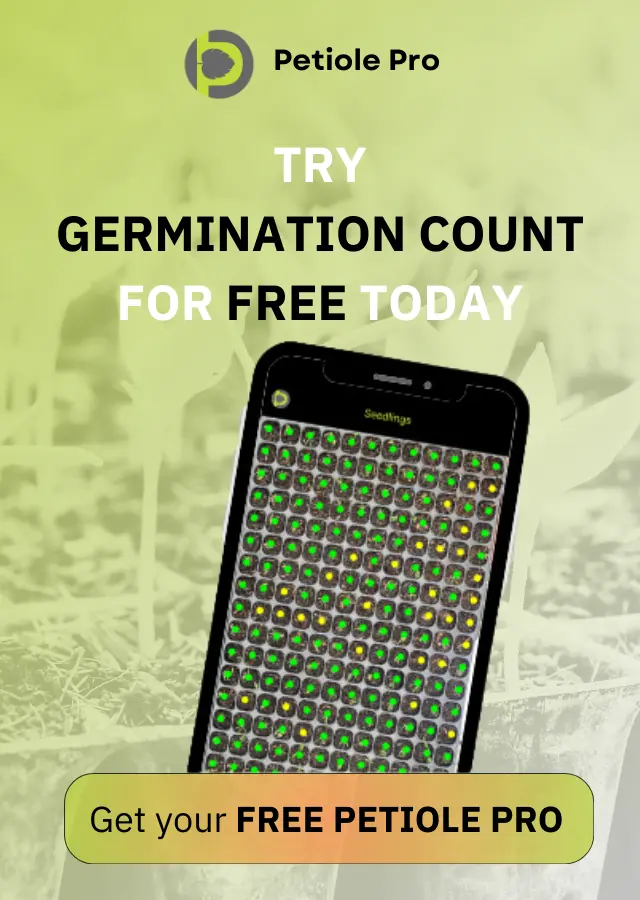Advancements in Plant Breeding for Indoor Vertical Farming


It is almost impossible to speak about the basics of plant breeding because there are NO such things as basics in such an advanced activity. Plant breeding is complex and advanced. The same can be said about indoor vertical farming. Stacks of plant layers one above the other, but dozens of hidden processes are needed to make a vertical farm come alive. Hence, the mix of these two topics may be a bit complex, but there’s no turning back! Welcome to the recent advancements in crop breeding for indoor vertical farming from Singapore, one of the global headquarters of vertical farming.
Why breeding crops for vertical farming is specific?
Breeding for vertical farming differs because it requires plants that are specifically adapted to grow efficiently in stacked layers under controlled environments, unlike those bred for open fields or greenhouses.
 Main differences between breeding crops for indoor vertical farming and outdoor growing practices. Source: O’Sullivan et al., 2020
Main differences between breeding crops for indoor vertical farming and outdoor growing practices. Source: O’Sullivan et al., 2020
Vertical farming breeding is all about:
- Growing More Food in Less Space. Imagine a tomato plant which produces 100 kilograms of fruits. Yes, it’s now a dream but this is what every breeder wants to get. Breed plants that can produce lots of food quickly, even in small areas.
- Using Less Light, Water, and Nutrients. One more dream of vertical farmer - minimum resources and maximum harvest. The goal is to create plants that can grow well with less light, water, and nutrients. This makes farming more efficient and saves resources.
- Making Plants Fit Better in Vertical Farms. Finally, about height. Every shell for plants has limited height. Breeding plants that are shorter and grow in a way that fits well in vertical layers is important. This allows more plants to grow together and makes it easier to take care of them.
 Moving from genetic to environmental modification in vertical farming. Source: Kumar et al., 2020
Moving from genetic to environmental modification in vertical farming. Source: Kumar et al., 2020
For example, in Singapore, they aim to grow 30% of their food locally by 2030. With the limited space available for Singaporeans, the only option is to grow space-efficient crops.
Genetic Breeding for Indoor Vertical Farming
Country: Singapore 🇸🇬
Published: 02 August 2024
This study has been published 26 days ago by two Singaporean plant researchers - Norman Teo Zhi Wei and Hao Yu from National University of Singapore. Their research paper focuses on advancing genetic breeding techniques to optimize crops for indoor vertical farming.
The study highlights that indoor vertical farming enhances food security and sustainability by supporting year-round crop production in urban environments.
The research utilized various methods, including next-generation sequencing (NGS), precision agriculture, and advanced phenotyping to identify and develop crop traits suitable for controlled indoor environments. These methods were combined with both forward and reverse genetic approaches, such as genome-wide association studies (GWAS) and CRISPR-Cas9 gene editing, to accelerate the breeding process. Niche insights include the emphasis on traits like compact plant architecture, high photosynthetic efficiency, and self-pollination capabilities that are specifically tailored for vertical farming systems.
Crop choice for the study
The study primarily focuses on several types of crops that are particularly suited for indoor vertical farming. These include:
- Leafy Greens (Lettuce, spinach). They have compact size, high growth rate, and yield per unit area make them ideal for indoor environments.
- Fruits (Tomatoes, strawberries). These are considered as high-value crops with stable and predictable yields in controlled environments. The control over light and temperature helps synchronize the fruiting process.
- Microgreens and Herbs (Various herbs and microgreens rich in phytonutrients). These crops can be harvested in short periods with good yields and are suitable for high-turnover indoor farming.
- Grain Crops (Limited focus on maize, wheat, rice). Although theoretically possible to grow these in indoor vertical farms, the study suggests that grain crops might be less economically competitive due to their long growth cycles compared to leafy greens and fruits.
These crops are selected based on their adaptability to controlled environments and their economic viability within indoor vertical farming systems.
Key highlights
🥬 Targeted breeding for traits like high yield, rapid growth, and efficient light absorption can significantly enhance the productivity and economic viability of indoor vertical farming. For example, certain genetic modifications, such as altering the SINGLE FLOWER TRUSS gene in tomatoes, increased yield by up to 60%.
🥬 Additionally, the study highlights that improving resource efficiency, particularly in lighting and space utilization, could reduce operational costs and environmental impact (yes, energy consumption is huge in indoor vertical farming: electricity usage is approximately 250 kWh/kg/year, while traditional farming methods typically require only about 0.3 kWh/kg/year)
🥬The research indicates that optimizing growth rates through selective breeding and controlled environment adjustments can lead to a threefold increase in crop turnover, allowing for more frequent planting and harvesting cycles, which significantly boosts overall productivity.
The results of this research can be practically applied by agricultural scientists, urban farmers, and companies involved in developing and deploying indoor vertical farming systems.
Reference: Teo & Yu, 2024
Main tools/technologies discussed
- Next-generation sequencing (NGS)
- CRISPR-Cas9 gene editing
- Precision agriculture tools
- Machine Learning
- Predictive Modeling
- High-Throughput Phenotyping
Figures and Tables for article “Genetic breeding for indoor vertical farming”
 Benefits of indoor vertical farming to the local community. Source: Teo & Yu, 2024
Benefits of indoor vertical farming to the local community. Source: Teo & Yu, 2024
Description: The establishment of an indoor vertical farm in an urbanized area delivers economic, social, and environmental advantages to the local community, fostering sustainability and enhancing the well-being of residents.
 Recent technological advancement for crop breeders. Source: Teo & Yu, 2024
Recent technological advancement for crop breeders. Source: Teo & Yu, 2024
Description: The combination of next-generation sequencing (NGS), precision agriculture, and phenotyping capability has revolutionised the way how breeders generate new crop varieties with traits suitable for indoor vertical farming.
 Optimising traits for various crops in indoor vertical farms. Source: Teo & Yu, 2024
Optimising traits for various crops in indoor vertical farms. Source: Teo & Yu, 2024
Description: The controlled environmental parameters, confined spatial constraints, and vertical orientation pose distinctive challenges, while concurrently affording opportunities for the selective breeding of crops bearing desirable traits amenable to indoor vertical farming practices with a sustainability focus.
 Genetic breeding of indoor farming crops via integrating various genetic and advanced technological tools. Source: Teo & Yu, 2024
Genetic breeding of indoor farming crops via integrating various genetic and advanced technological tools. Source: Teo & Yu, 2024
Description: In forward genetic approaches, the combination of next-generation sequencing and high-throughput phenotyping under controlled environmental conditions facilitates breeders to identify ideal parental lines to generate and select desirable hybrids through GWAS, eQTL analysis or genomic selection. In reverse genetic approaches, target genes are selected based on past functional genomics studies to generate the genetically modified lines with desirable traits through various mutation or silencing methods, such as the advanced CRISPR-Cas9 genome editing. RILs recombinant inbred lines, GWAS genome-wide association study, eQTL expression quantitative trait loci.
Key Takeaways for Designing Experiments
Thee distinctive aspects of the methodology used in this research on breeding for indoor vertical farming that other researchers could borrow when designing experiments:
- Integration of Multi-Omics Approaches. The research combines genomics (e.g., next-generation sequencing) with phenomics (e.g., high-throughput phenotyping) to create a comprehensive understanding of the relationship between a plant’s genetics and its observable traits.
- Use of Precision Agriculture Technologies. The study leverages precision agriculture tools, such as IoT sensors and machine learning, to monitor and control environmental variables like light, temperature, and nutrients in real-time.
- Application of Advanced Gene Editing Techniques: The research employs CRISPR-Cas9 for targeted gene editing, allowing for the rapid and precise alteration of plant traits.


